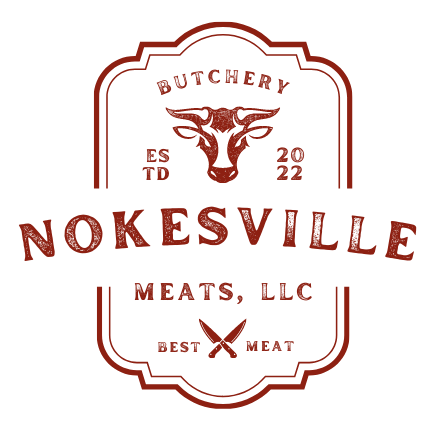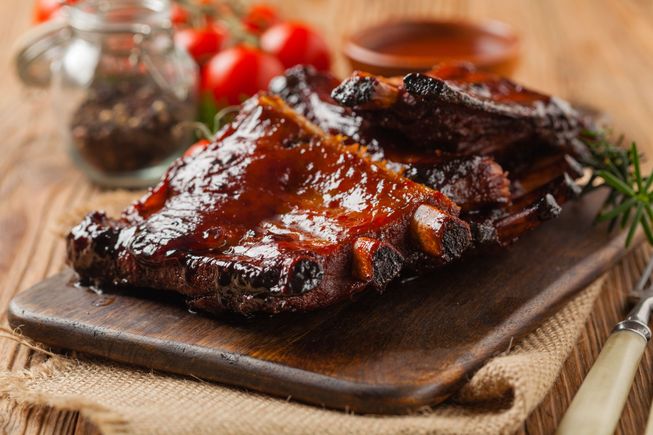

PORK CUTS

There are several cuts of pork, each with its own characteristics, cooking methods, and flavor profiles. Here are some of the most common pork cuts and their differences:
Pork tenderloin: This is a long, thin cut of meat that runs along the spine of the pig. It is very tender and lean, with a mild flavor. It is often cooked quickly at high temperatures, such as grilling or roasting.
Pork loin: This is a larger cut of meat that comes from the back of the pig. It is also lean and tender, with a mild flavor. It is often cut into chops or roasts and can be cooked using various methods, such as baking, grilling, or sautéing.
Pork shoulder: This is a fatty cut of meat that comes from the front shoulder of the pig. It is often used for slow cooking methods, such as braising or roasting, as the fat content helps keep the meat moist and tender. It is also commonly used for making pulled pork.
Pork belly: This is a fatty cut of meat that comes from the underside of the pig. It is often used to make bacon or pork belly dishes, such as Korean-style pork belly or Chinese-style braised pork belly. It can be cooked using various methods, such as baking, grilling, or frying.
Pork chop: This is a bone-in or boneless cut of meat that comes from the loin or rib section of the pig. It is often grilled, pan-fried, or baked and can be prepared with various marinades and seasonings.
There are other cuts of pork, but these are some of the most common and popular ones. Overall, the differences in pork cuts come down to the location of the cut on the pig, the amount of fat and connective tissue, and the cooking methods that are best suited for each cut.
Pork tenderloin: This is a long, thin cut of meat that runs along the spine of the pig. It is very tender and lean, with a mild flavor. It is often cooked quickly at high temperatures, such as grilling or roasting.
Pork loin: This is a larger cut of meat that comes from the back of the pig. It is also lean and tender, with a mild flavor. It is often cut into chops or roasts and can be cooked using various methods, such as baking, grilling, or sautéing.
Pork shoulder: This is a fatty cut of meat that comes from the front shoulder of the pig. It is often used for slow cooking methods, such as braising or roasting, as the fat content helps keep the meat moist and tender. It is also commonly used for making pulled pork.
Pork belly: This is a fatty cut of meat that comes from the underside of the pig. It is often used to make bacon or pork belly dishes, such as Korean-style pork belly or Chinese-style braised pork belly. It can be cooked using various methods, such as baking, grilling, or frying.
Pork chop: This is a bone-in or boneless cut of meat that comes from the loin or rib section of the pig. It is often grilled, pan-fried, or baked and can be prepared with various marinades and seasonings.
There are other cuts of pork, but these are some of the most common and popular ones. Overall, the differences in pork cuts come down to the location of the cut on the pig, the amount of fat and connective tissue, and the cooking methods that are best suited for each cut.




